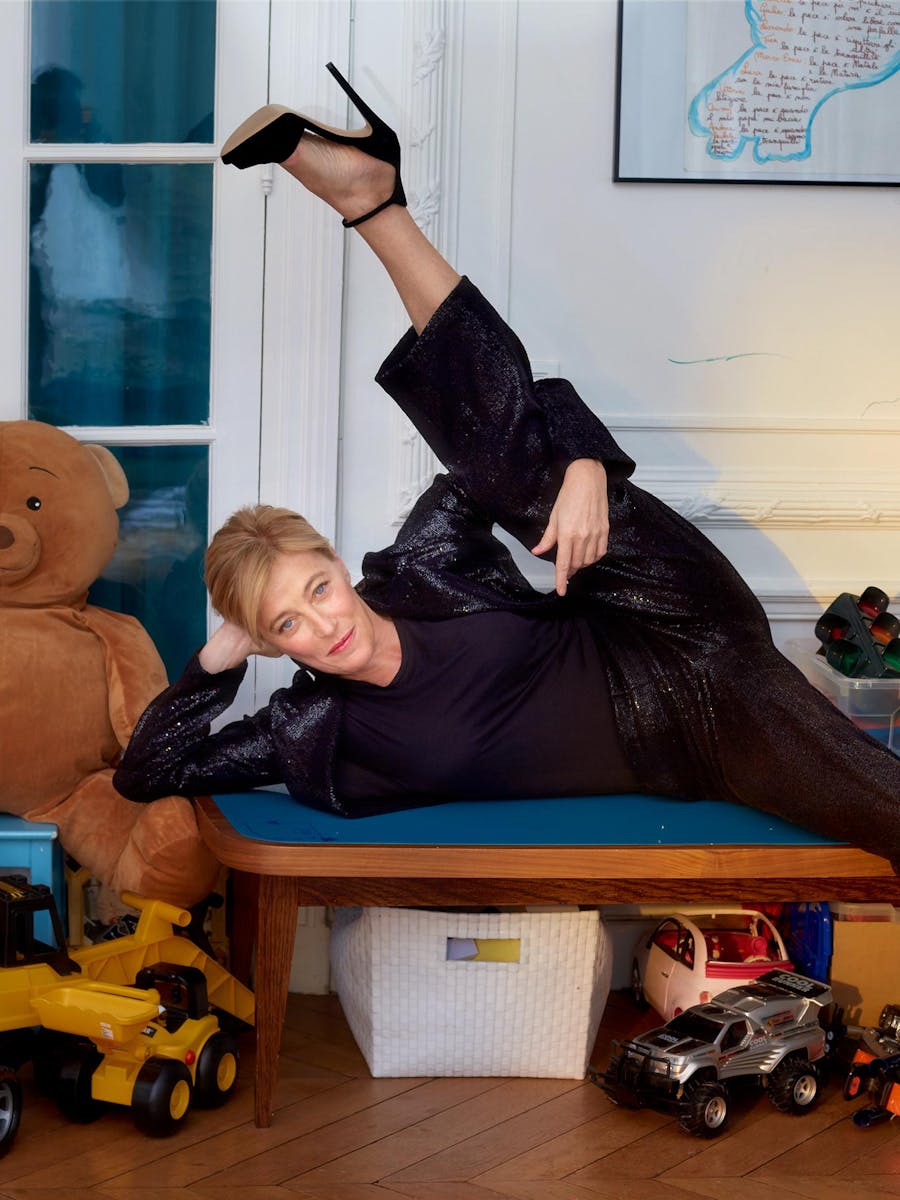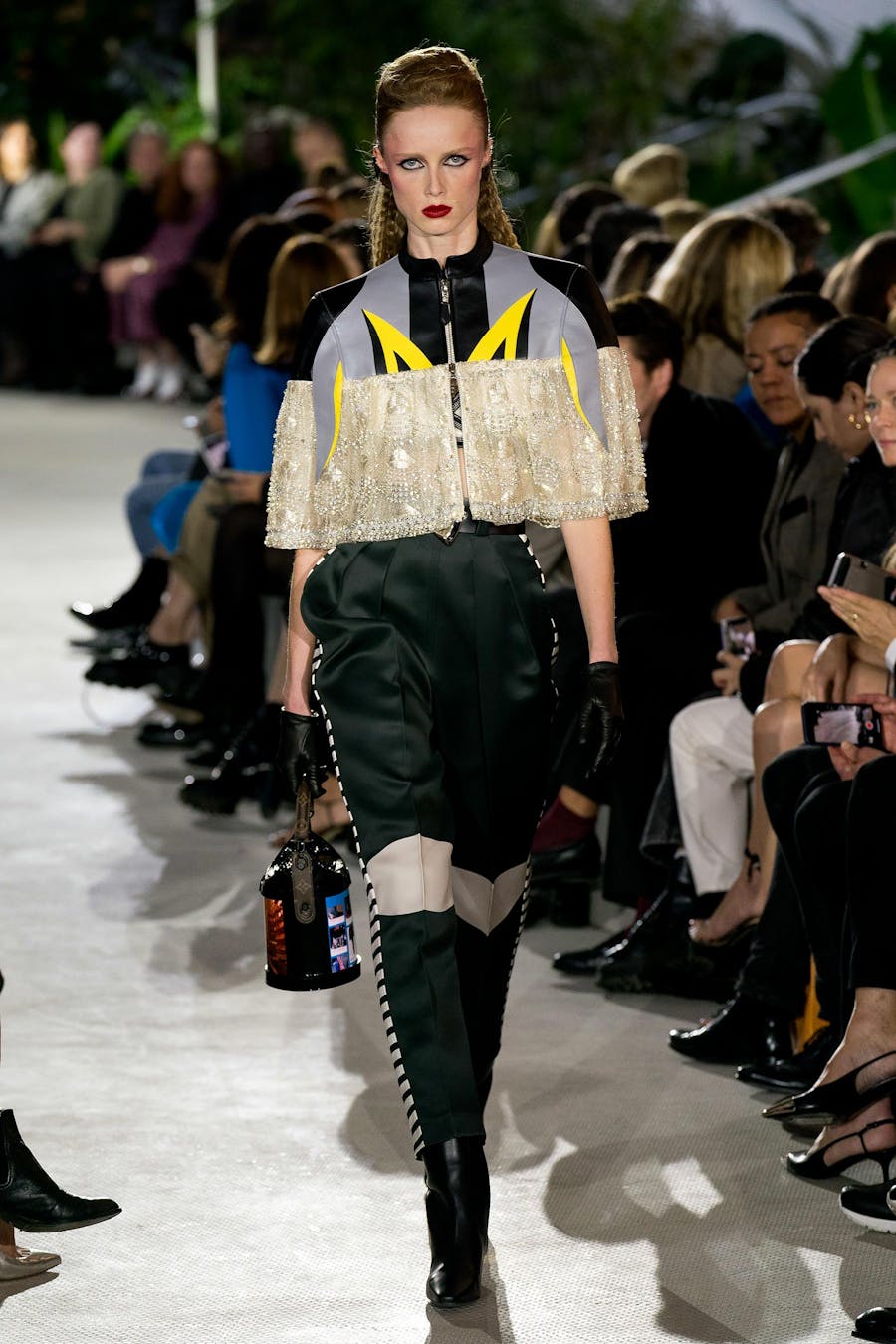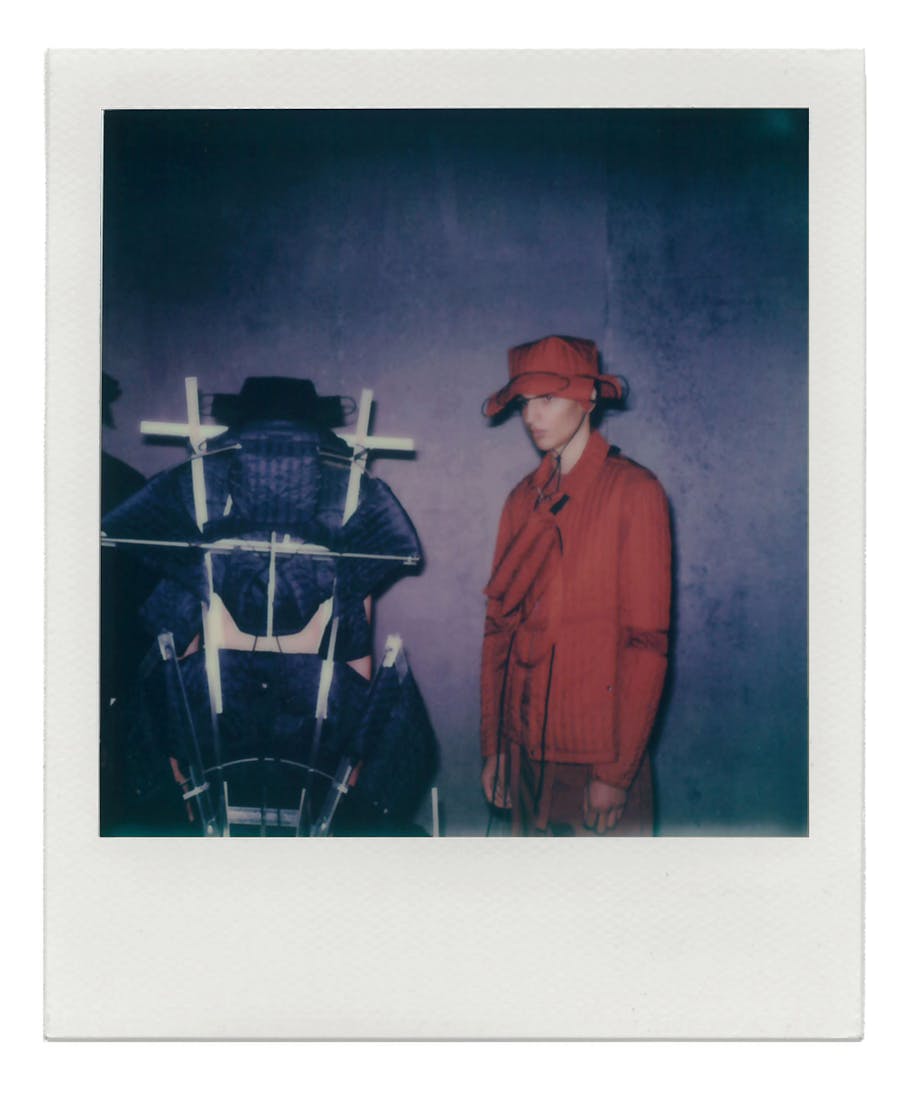Naming and Shaming is an act that originated in the political sphere of the English-speaking world. It is perceived differently by different people : some consider it a civic action, whilst for others it is a morally reprehensible act of slander. In the world of fashion and luxury, where reputation is everything, naming and shaming, increasingly via social media, comes up against a long-established rule : that of discretion. Does this practice have a future in fashion ?
Anonymity : an unbreakable shield ?
As an object of desire, the realm of luxury is often idea- lised by those for whom it is out of reach. In her book, Le Plus Beau Métier du Monde (“The most beautiful job in the world”) social anthropologist Giulia Mensitieri examines an overexposed universe which conceals a sometimes painful reality. Her conclusion points to a system which creates significant inequalities, whereby one group of employees live in a state of precariousness. These fashion professionals “accept unpaid labour, long nights, and humiliation,” the price of entry to this “elite of desire,” as the author calls it. She uncovers a fashion-system which rests on a schism between the monetary value and the symbolic value of labour, the latter itself a proxy for social prestige. For stylists, photographers, models and designers seeking recognition, “the most symbolically important jobs, the ones that determine your career, are not remunerated.” Thus, modelling is paradigmatic of this attribution of value : models agree to work for free because they hope to win the contract that will change their lives; the famous “jackpot.” This “economic denial” is founded upon one simple principle : the privilege of being there; of being able to belong to a world that is socially valorising and doing a job that is creative and fulfilling.
The “deglamourization” of the world of fashion is a major undertaking; those who attempt it are thin on the ground. The author herself does not participate in the practice of naming and shaming; her work does not cite a single name or brand. Everything is rendered anonymous : the ways in which the system is dysfunctional are exposed, but those creating the mechanisms are not. “The aim of this book is not to denounce, but is to observe, to describe, to understand and analyse,” says its author, noting the many obstacles to doing the research itself : “getting behind the scenes in the secretive fashion world was difficult.”
Holding people to account
With the Weinstein affair, it became possible to talk about cases of abuse and sexual assault in the creative industries. In the fashion world, after a period of silence, the names of renowned and powerful photographers started to circulate in the press and on social media, among them Mario Testino, Bruce Weber and Terry Richardson. Rumours became public denunciations of the actions of men in positions of power which do not give them a dispensa- tion from respecting their employees. On Instagram, the hashtag #MyJobShouldNotIncludeAbuse, launched by the model Cameron Russell, allowed some models to discuss these issues. Almost a year later, the fashion world has not been so entirely submerged by a tidal wave of post-Weinstein allegations, as some people had anticipated.
In another key, following the Rana Plaza disaster of April 2013 (when a building in the Bangladeshi capital of Dacca collapsed, kil- ling more than 1,000 garment industry workers) numerous brands were labelled as clients of workshops in the building. Faced with the ensuing media storm, those brands were forced to take certain measures to improve working conditions in garment factories. Some are still evasive when it comes to changes, be they implemented or planned. The Corporate Human Rights Benchmark, a non-profit organization which defends human rights, published a report in May 2018 putting Prada and Hermes in that bracket. At a time when luxury fashion houses want to avoid reputational damage from environmental and social issues, naming and shaming seems to be a way of holding them to account. We need to make sure, however, that their pledges are not merely a form of lip service.
Social networks : a countervailing power ?
Naming and shaming is not just for media professionals : social networks are very active in denouncing plagiarism in fashion. The Diet Prada Instagram account is a good example. With its 472,000 followers, it has become the fashion police of plagiarism. Since the end of 2014, its two founders, who remain anonymous, have, in their own quirky way, name-checked brands whose lack of inspiration leads them to copy others. Everyone’s included : from the classic fashion houses (Burberry, Maison Margiela) to cool new brands (Ellery, Off-White). At a more institutional level, the site Fashion Law, overseen by Juliette Zerbo, a lawyer who specializes in this discipline, regularly publishes articles revealing cases of plagiarism. And it’s not just the fast fashion brands : if Zara is caught reproducing the designs of Indian artists, Adidas has also sued Gucci when the Italian label created a pair of slides which looked a little too much like the classic “Adilette.” Such publica- tions serve to inform consumers as to the legally dubious practices of certain fashion houses.
In this context of denunciation, designers are trying to define them- selves. The online magazine High Snobiety announced last March that Vêtements sales were significantly down : the brand was not as successful as it claimed. Demna Gvasalia took to Instagram, the favoured platform of the fashion milieu, to deny this. His message was clear; the Vêtements team had never been as solid, their com- mitment to the brand as strong. He rejected the lies and the gossip being spread by journalists, looking for a scoop rather than the truth. It’s rare, however, for designers to speak publicly in this way, especially about commercial subjects, but behaviours are changing. Another influential designer, Virgil Abloh, has explained to those who criticise his lack of originality that creation does not necessa- rily involve novelty. In an age of frenetic communication, artistic directors find themselves increasingly having to play the role of spokesperson. So, would the behavior of a Hedi Slimane change ? His disregard of negative press and his conflictual relationship with journalists seemed to play in his favour. During his time at Saint Laurent, the more disobliging he was with the press, the more they took an interest, notes Vanessa Friedman, fashion editor-in-chief of the New York Times. This aura of artistic untouchability is more difficult to maintain today.
Naming and shaming seems to be pushing a fashion world which is seeking more ethical and transparent practices towards these new demands. Nonetheless, the problems described are linked to the functioning of the system in its entirety – and cannot be resol- ved simply by identifying certain brands or certain individuals. The entire apparatus needs to be rethought.
Sara & Emma Bielecki
Sara & Emma Bielecki




